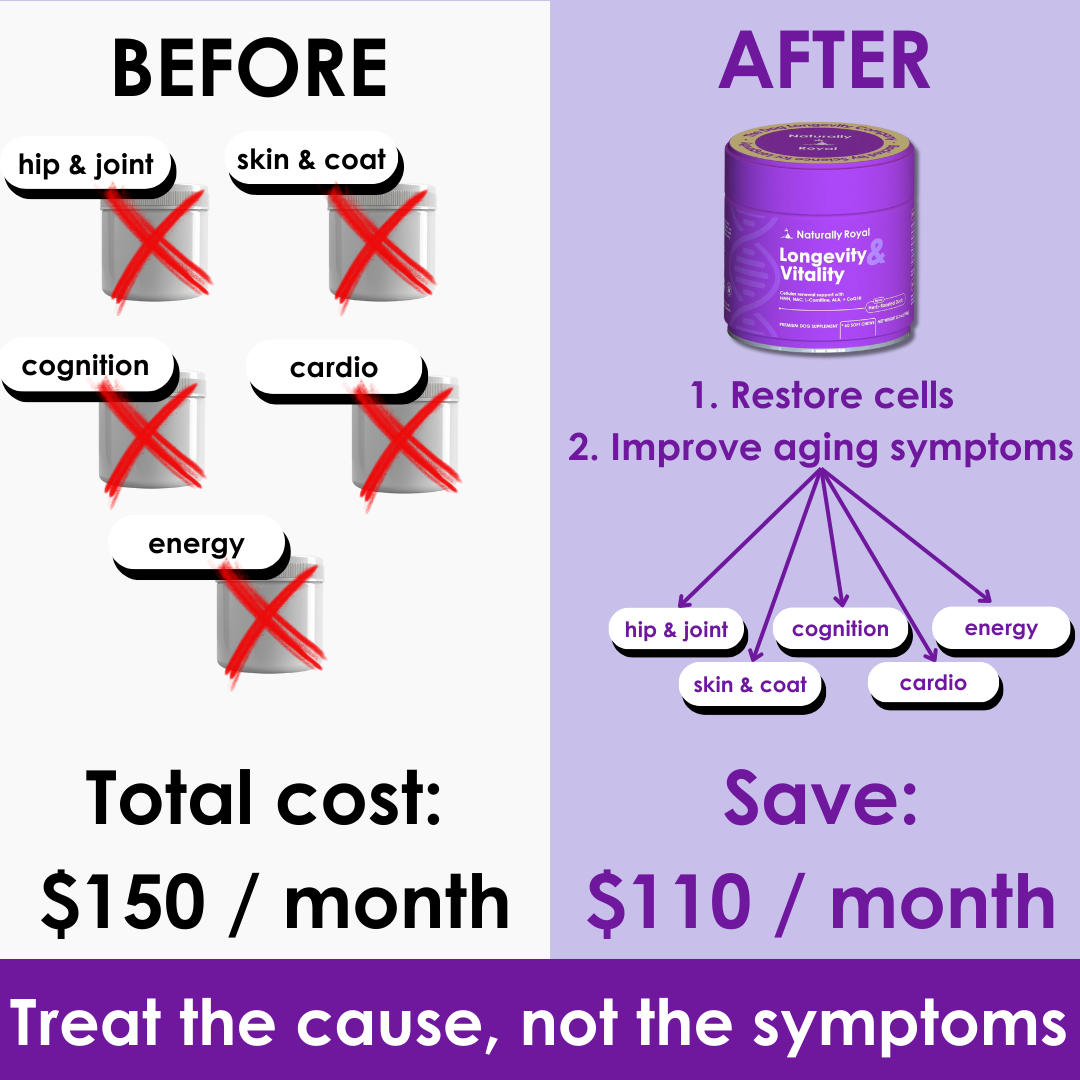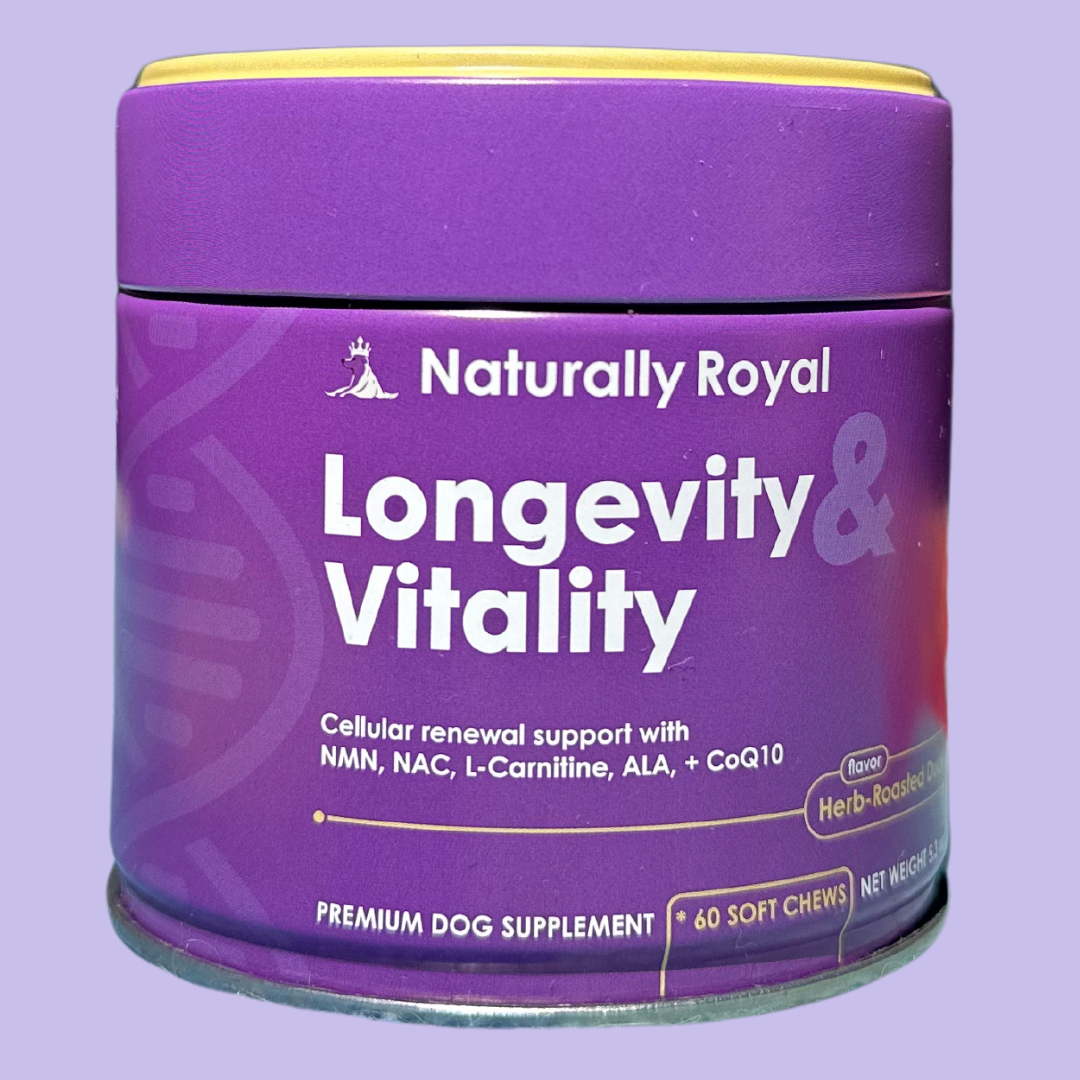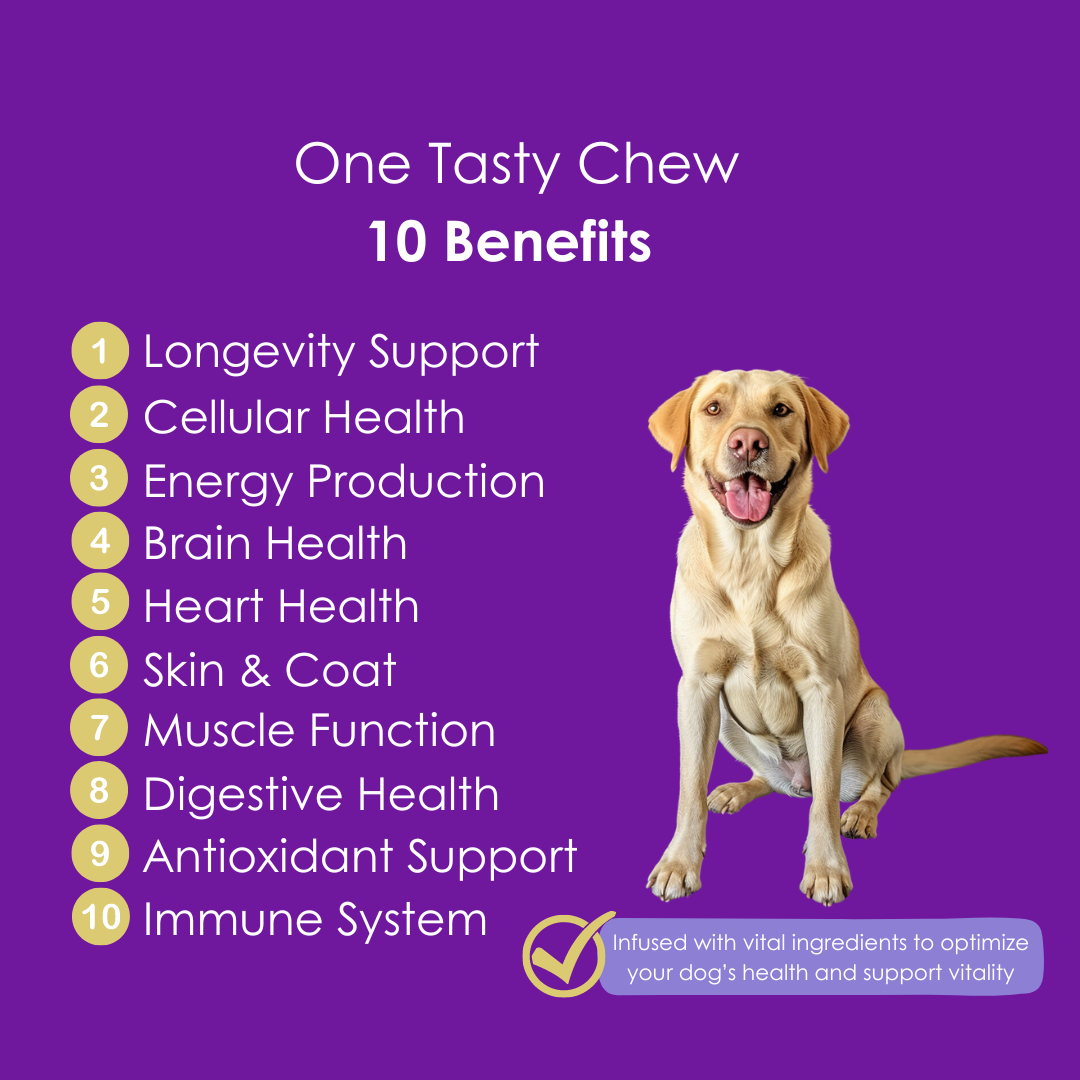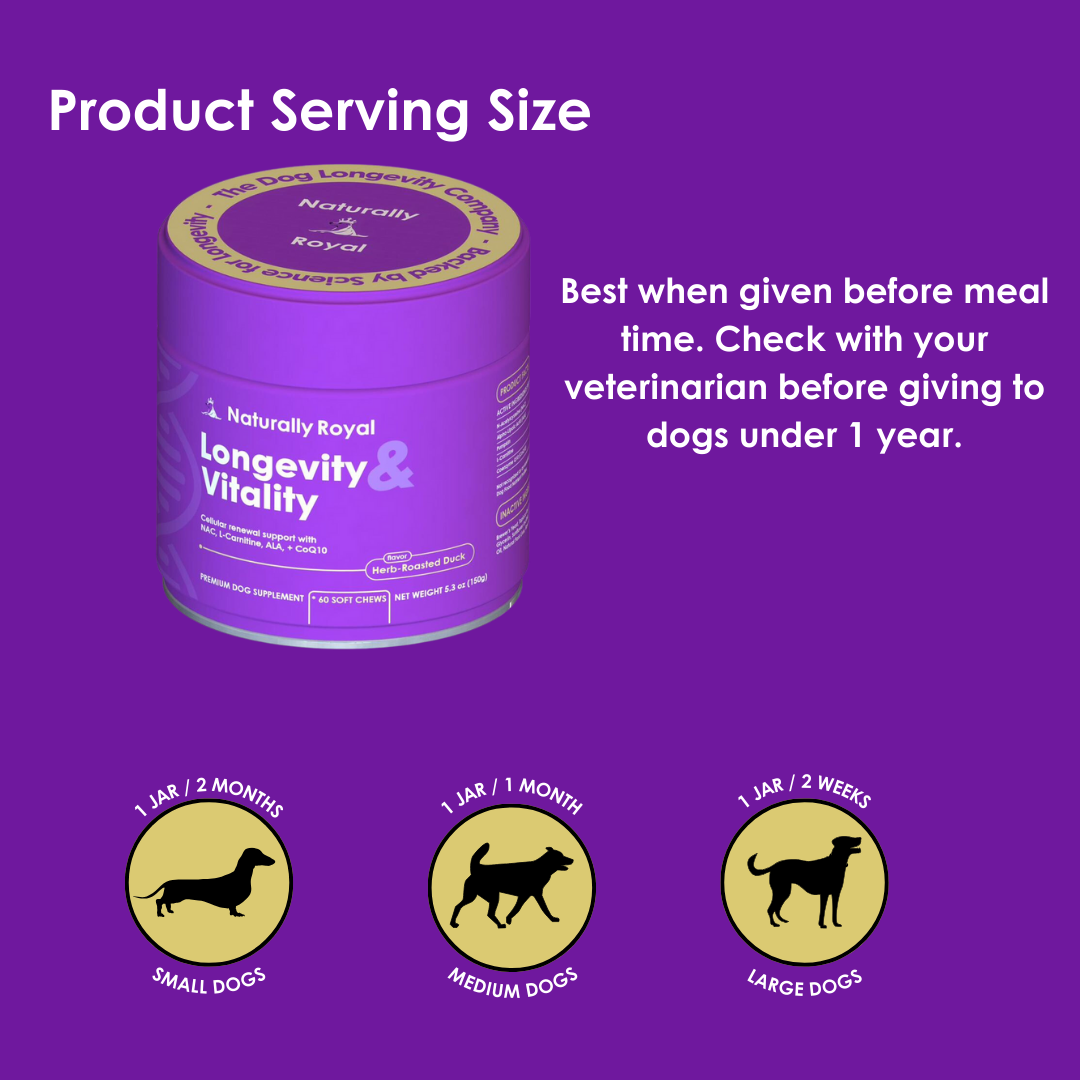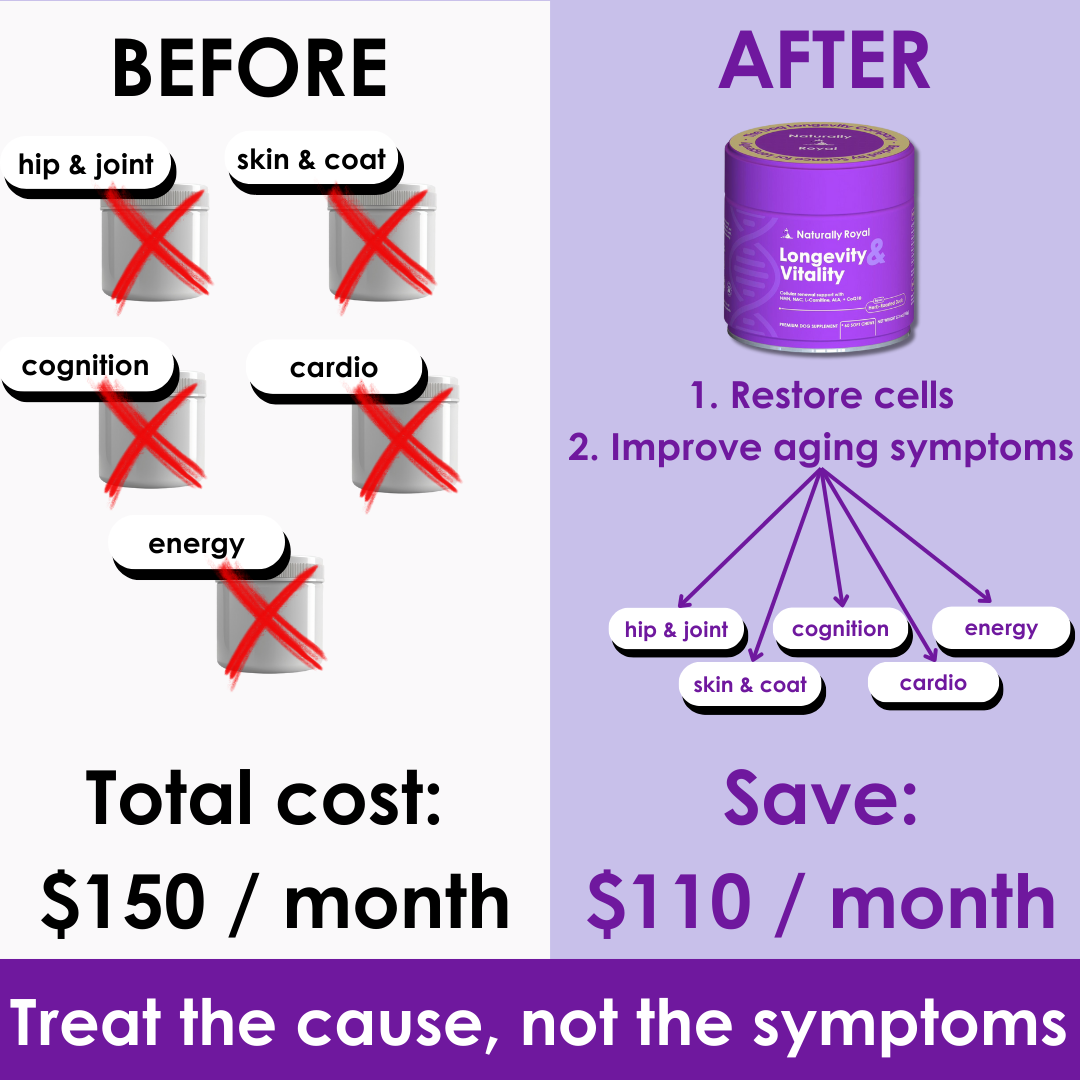Exploring the Longevity Impact of Raw vs. Kibble Diets in Dogs
When it comes to feeding our dogs, there’s a growing debate between raw and kibble diets, especially as research emerges on how these diets impact health and longevity. A recent study from Oklahoma State University (OSU) has shed light on how raw and kibble diets influence factors like gut health, inflammation, and immunity—all of which are closely tied to a dog’s longevity. Let’s dive into the findings and explore how diet can affect the quality and length of life for our dogs.
The OSU Study: Raw vs. Kibble Diets in Focus
The OSU study examined 55 dogs who had been fed either a raw meat-based or kibble diet for over a year. The researchers assessed their gut microbiota, serum metabolites, and inflammatory markers to better understand how each diet affects overall health. After a four-week period on a standardized diet of either raw or kibble, researchers collected serum and fecal samples for analysis.
The findings revealed notable differences between the two groups in terms of microbiota composition and specific immune markers in the gut, although systemic inflammation levels were comparable in these otherwise healthy dogs. Here are some key results and what they mean for longevity.
Gut Health: Microbiota and Immunity
A dog’s gut health is a crucial factor in their overall well-being, as the gut microbiome regulates digestion, nutrient absorption, immune function, and even mood. The OSU study found that the microbiome in dogs fed a raw diet differed from those fed kibble, with notable increases in beneficial gut markers like intestinal alkaline phosphatase (IAP) and immunoglobulin A (IgA) in raw-fed dogs.
- Increased IAP: IAP is an enzyme that plays a protective role in gut health by reducing inflammation and supporting the integrity of the intestinal lining. Dogs with chronic gastrointestinal issues often have reduced IAP levels. Elevated IAP in raw-fed dogs may indicate enhanced resilience to inflammatory gut conditions, which are common with age.
- Higher IgA Levels: IgA is an antibody that protects against pathogens and helps maintain gut microbiota balance. Low IgA levels have been associated with inflammatory and autoimmune diseases. The elevated IgA levels in raw-fed dogs could imply better immune tolerance and reduced risk of conditions that might otherwise impact longevity.
Metabolic Differences and Nutrient Absorption
The OSU study observed that 63 serum metabolites differed between the raw and kibble-fed groups, reflecting the different macronutrient profiles of each diet. Dogs on a raw diet typically receive higher protein levels and lower carbohydrates, while kibble diets often contain grains or starches.
- Protein-Rich Diets and Longevity: Higher protein diets, as found in raw feeding, may support lean muscle maintenance, which is essential as dogs age. Lean muscle mass contributes to mobility, reduces obesity risk, and helps prevent age-related muscle wasting, all of which are critical for a longer, healthier life.
- Reduced Carbohydrate Load: Kibble diets, which tend to be higher in carbohydrates, can lead to more fluctuations in blood sugar and may contribute to obesity if overfed. Obesity is a known risk factor for reduced lifespan in dogs, making carbohydrate management an important factor in dietary decisions.
Inflammation and Immune Health
Inflammation can play a major role in the aging process. While both diet groups had comparable levels of systemic inflammation markers, the raw diet’s positive impact on gut immunity suggests it may provide indirect protection against inflammation-related diseases.
- Chronic Inflammation: Long-term, low-grade inflammation is a risk factor for diseases like arthritis, cardiovascular issues, and some cancers. By supporting gut health and reducing the likelihood of chronic gastrointestinal inflammation, a raw diet may contribute to a lower risk of these age-related health problems.
- Systemic vs. Local Inflammation: The fact that systemic inflammatory markers like C-reactive protein (CRP) were similar in both groups suggests that a raw diet may not necessarily reduce inflammation throughout the body. However, the localized effects in the gut may be valuable for maintaining digestive health, which in turn impacts nutrient absorption and immune function.
Risks and Considerations with Raw Diets
While the potential benefits of a raw diet are promising, it’s essential to weigh them against some of the risks associated with raw feeding:
- Pathogen Risks: Raw meat may harbor bacteria like Salmonella and E. coli, which can pose risks to dogs and their human families. Proper handling and preparation are essential to mitigate these risks.
- Nutritional Balance: Not all raw diets are nutritionally complete. Dogs fed a homemade raw diet without veterinary guidance may lack essential nutrients, leading to deficiencies that could impact health and longevity.
- Cost and Accessibility: Raw diets can be more expensive and time-consuming to prepare compared to kibble, making it essential for owners to consider feasibility.
Making the Right Choice for Your Dog’s Longevity
Deciding between a raw or kibble diet ultimately depends on your dog’s individual needs, lifestyle, and health conditions. Here’s how each diet stacks up when it comes to longevity:
- Raw Diet: Raw diets can benefit dogs with sensitivities to processed foods or those prone to gastrointestinal issues. By promoting a healthier gut microbiome, raw feeding may improve immunity and lower inflammation, both of which are critical for a long and healthy life.
- Kibble Diet: High-quality kibble offers the convenience of a complete, balanced diet with lower pathogen risks and better affordability. For dogs with conditions that preclude a raw diet or owners seeking a less labor-intensive option, kibble remains a viable choice.
Practical Tips for Supporting Longevity Through Diet
- Consult with Your Vet: Always seek veterinary advice when switching to a raw diet, especially if your dog has health issues. Nutritional balance is crucial, and veterinarians can help guide portion sizes, supplements, and safe food handling.
- Choose Quality Ingredients: If feeding raw, use high-quality meats and consider commercial raw options designed to meet nutritional standards.
- Monitor Health Markers: Regular veterinary check-ups can track key health markers and monitor how a diet is impacting your dog’s health, including weight, inflammatory markers, and digestive health.
- Balance the Microbiome: Regardless of diet choice, consider probiotics or gut-supportive supplements to maintain a balanced microbiome, as gut health is vital to longevity.
Conclusion
The OSU study highlights important differences between raw and kibble diets, particularly in how they impact gut health and metabolic processes. By supporting a balanced microbiome and reducing inflammation, a raw diet may offer certain longevity benefits, especially for dogs prone to gastrointestinal or inflammatory issues. However, kibble remains a practical, balanced option that can sustain health and longevity with proper portion control and high-quality ingredients.
Whether you choose raw or kibble, a focus on high-quality, nutritionally complete ingredients will support your dog’s overall health and increase their chances of a long, vibrant life by your side. With the right diet tailored to your dog’s individual needs, you’re not only nourishing their body but also investing in their long-term wellness and happiness.











